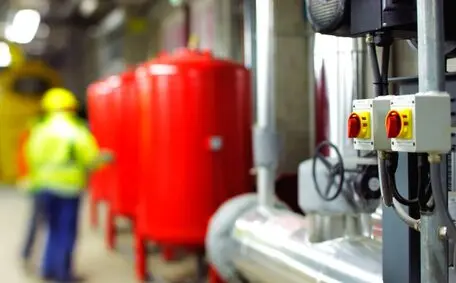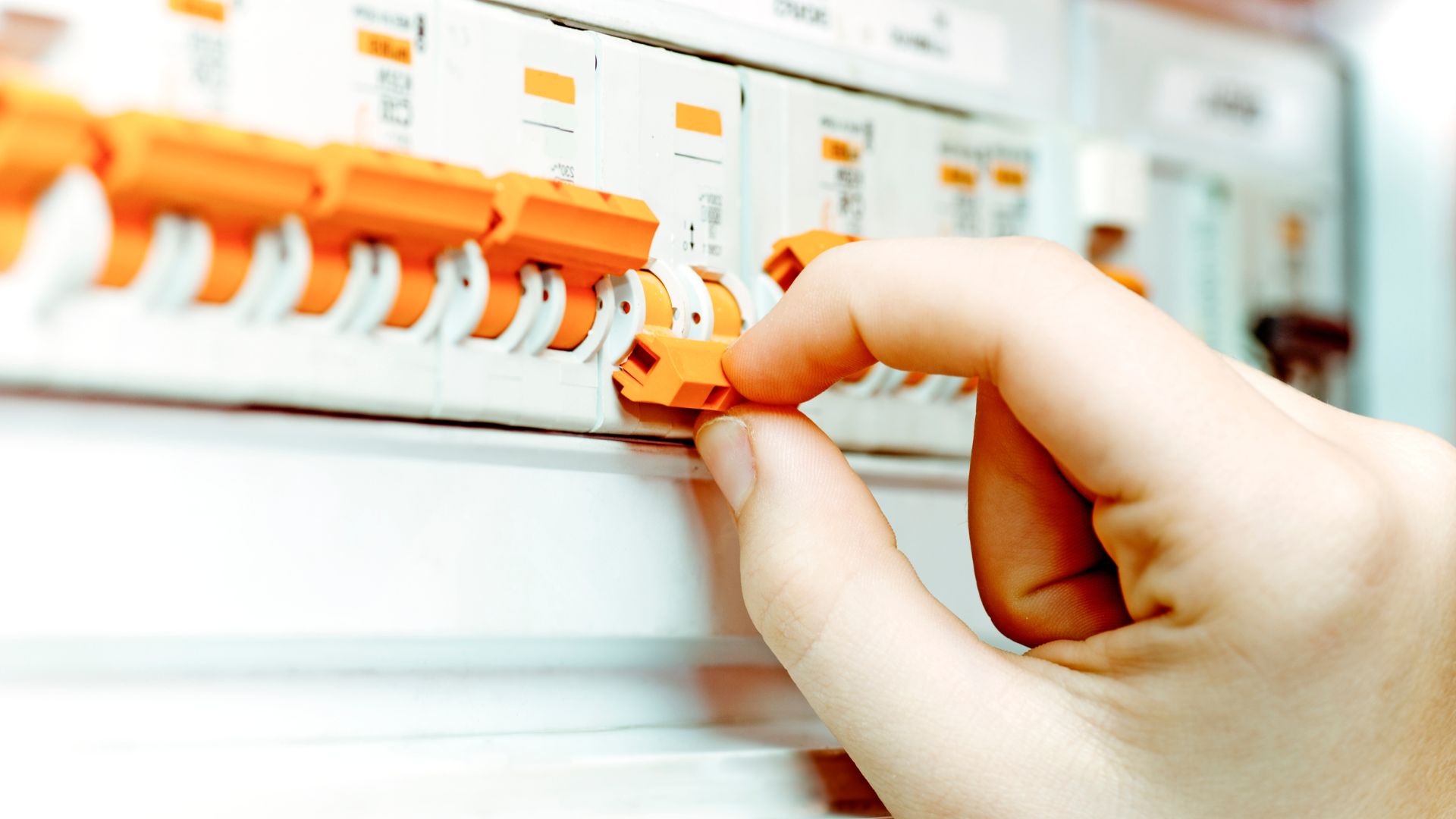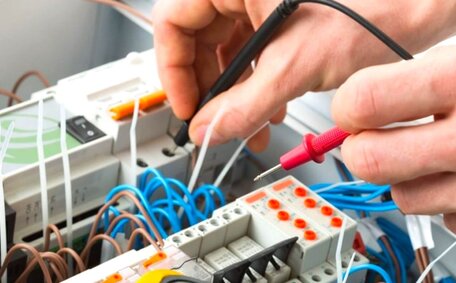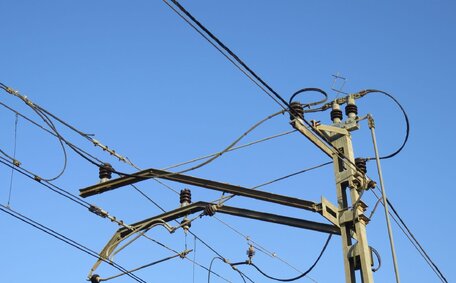
7 Signs You Need An Emergency Commercial Electrician
Wondering whether to call a commercial electrician? We suggest that you read our guide and never disregard your gut feeling to call an emergency electrician.
Read MoreAccording to Energy Safe Victoria, electrical faults cause over 300 house fires across the state every year. That’s hundreds of homes damaged or destroyed and lives put at risk all because of electrical issues that escalate quickly.
When you’re facing an electrical emergency, the way you react in those first few seconds matters. One wrong move can lead to an electric shock, electrical fire, or further damage to your home’s electrical system. While your first instinct may be to grab the phone and call a professional, there’s something just as critical: turn off the power immediately if it’s safe to do so.
Shutting off your main power switch can stop danger in its tracks. It helps protect not just your home, but your family, pets, and anyone nearby. It also makes it safer for the emergency electrician or emergency services who’ll arrive to fix the issue.
In some cases, cutting the power supply quickly can prevent a crisis. Here are clear warning signs that mean it’s time to turn off the power straight away:
These signs point to a potential electrical hazard, and acting fast can reduce the risk of an electrical fire, electric shock, or damage to your home’s energy supply.
However, not every incident needs an immediate shutdown. A single circuit breaker failure from overloaded circuits or a tripped safety switch might just mean too many devices plugged into one power board. In this case, unplugging a few items and resetting the GFCI outlets may be enough.
The key is staying calm. Panicking in an electrical emergency can lead to poor decisions and increase the danger. If unsure, always play it safe, call emergency services, then wait at a safe distance.
Yourswitchboardis the heart of your home’s electrical system, where your entire power supply is controlled. In most Australian homes, it’s located on an exterior wall, inside the garage, or in a hallway cupboard.

A typical switchboard includes:
Before touching anything, follow these safety basics:
Familiarising yourself with your electrical wiring layout before something goes wrong can help you stay calm and make smart choices. If your home still has outdated wiring or you’ve noticed defective wiring, it’s time to book an inspection with a qualified electrician.
Learning how to safely operate the main power switch now can mean the difference between staying safe and facing a full-blown power outage, electric shock, or worse. Especially during storms or load shedding, knowing where everything is makes reacting quickly easier without adding risk.
And remember, the electricity distributor or local power company manages downed power lines or supply issues, not individual household switchboards.
Here’s a step-by-step guide to safely shut off power during an electrical emergency:
Know in advance where your switchboard is. Don’t wait until you’re in the middle of a power failure or smelling smoke.
Look for signs of heat, fire, orexposed wires. If you see flames or melted plastic, don’t approach. Get everyone out and call emergency services.
Make sure you’re standing on dry ground and not touching conductive materials like metal pipes. Grab a torch if visibility is low.
This is usually the largest switch, often labelled “Main.” It cuts power to the entire house.
Use firm but gentle pressure. If it’s stuck, don’t force it forcing can cause further damage.
For localised issues like a sparking electrical appliance or light fixture, you may only need to shut off one circuit breaker, but only if you’re sure it’s safe to do so.
Don’t assume power is off just because the lights go out. Double-check the main switch position and avoid the affected area completely.
Always treat electrical issues as extremely dangerous, especially if they involve high voltage, overloaded circuits, or defective wiring. Never attempt emergency electrical work yourself.

Once the power source has been shut off, your priority is staying safe. Resist the urge to inspect or fix anything yourself
Here’s what to do next:
When contacting an emergency electrician, these notes help speed up diagnosis and reduce the risk of further damage.
Never attempt to reset safety switches, circuit breakers, or reconnect power until a licensed electrician has assessed everything. Doing so risks reigniting an electrical fire or triggering a new power outage.
If someone has been injured, provide first aid and call emergency services immediately.
There are situations where even getting close to the switchboard can be deadly.
Do not touch it if:
In any of these cases, leave the premises immediately and call emergency services. Alert neighbours if needed and wait for help outside.
While waiting:
When in doubt, always assume the situation is extremely dangerous. Let emergency services and a professional electrician handle the risk.
If an electrical fire starts, your first move is to turn off the power at the main switch, but only if it’s safe to approach the switchboard. If there are flames, thick smoke, or exposed wires, keep your distance and skip to the next step.
If safe to do so, use a fire extinguisher specifically rated for electrical fires (Class C or dry chemical). Don’t use water, as it can worsen the situation by conducting electricity, leading to electric shock or spreading the fire.
Immediately call emergency services, then evacuate everyone from the property. Warn others and avoid contact with electrical appliances, power boards, or power outlets as you exit.
Once outside, keep clear of the building and any power lines, especially if there’s visible damage or downed power. Contact your local power company or electricity provider if the fire has spread to external power lines or poles.
Only a qualified electrician or emergency crew should inspect or repairelectrical wiring after a fire. Never go back inside until local authorities confirm it’s safe to do so.
Avoiding future electrical emergencies starts with proactive care.
Being prepared reduces the risk of surprise power outages, electrical shocks, or costly emergency electrical work.
In a real electrical emergency, being prepared makes all the difference. Knowing how and when to shut off your home’s power supply helps prevent electrical fires, injuries, and long-term electrical system damage.
Quick, informed decisions like turning off the main power switch can protect lives and property without panic.
Even with the best preparation, some electrical emergencies are beyond your control. That’s when calling in a qualified electrician becomes essential.
Emergencies don’t wait for business hours, and neither should you, whether it’s a late-night power outage, a fallen power line, or a sparking power point. Bright Force Electrical offers rapid, professional support any time, day or night.
Their team of licensed electricians are trained to handle complex electrical issues with care, precision, and speed. From faulty wiring and circuit breaker failures to urgent electrical work and load shedding assistance, they’ve got your back.
Stay safe, avoid guesswork, and trust a team that puts your family’s safety first. When danger strikes, help is just a phone call away.
Did you enjoy reading our article “How to Shut Off Power Before Calling an Emergency Electrical Service”? We have many related articles you may also be interested in reading, like the below:
Wondering whether to call a commercial electrician? We suggest that you read our guide and never disregard your gut feeling to call an emergency electrician.
Read MoreGet expert tips on avoiding common hazards like overloaded circuits and faulty appliances. Find out when you need to call a licensed electrician immediately versus contacting your provider. This guide helps you identify true emergencies for safety.
Read MoreUpgrading overhead service lines is essential for maintaining a safe and reliable power supply. This guide explores the process, benefits, and key considerations to ensure a successful upgrade project.
Read MoreWe will call back as soon as possible.



